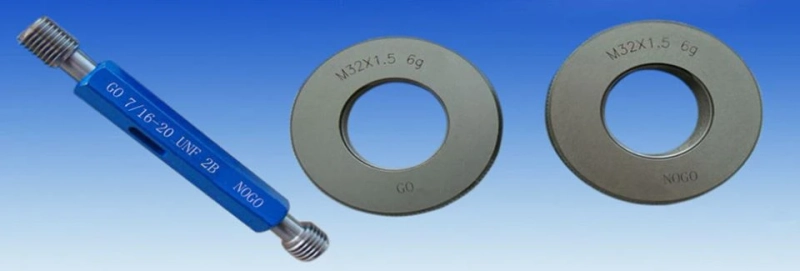If you are a product manufacturing company then you are likely to have threaded components in your products. If you have threaded components in your products then all those components have to be inspected. To inspect the threaded components you will require UNC thread gages or thread plug gauges depending on your specific requirements.
Like all the inspection tools thread gauges also have their own usage best practices. If you are going to ignore these best practices, you are only doing so at your own risk. Therefore, you should first understand all the best practices around the use of thread plug gauges and the other types of thread gauges.
Decide first who will be using these inspection tools and who will have access to them. As this is a simple and easy to use inspection tool everyone in the production floor will be inclined to use them. This should not be the case. You will have to limit the access only to the designated technicians. If you do not limit the access you are likely to run into issues because you will not be able to have any control over how the tool would be used. Not everyone using the tool would be a fully trained person or have the required orientation for the right use of the thread plug gauges and other types of thread gauges. This could damage the inspection tool and it will in turn affect the integrity of the thread gauges. You cannot rely on the reports generated by such tools. Let only trained and designated technicians have access to the thread gauges.
Before using the thread gauges they should be cleaned well with a soft cloth and the cloth used for cleaning should not leave behind any fibers on the thread gauge profile. If you use the thread gauge without cleaning then the residual bur remnants from the previous use present in the thread profile of the thread gauge could damage the tool. Similarly the threaded component that is being tested should also be cleaned well before the thread gauge is used.
Keeping all the thread gauges fully marked is one of the most important best practices. The size of the thread gauges should be engraved or etched on the tool. Also it is important to mark all the protective sheathes with the respective marking. Care should be taken to ensure the tools go into the right sheathes and they should not be interchanged because when you take the tool for use, you will not be able to get accurate readings and you could even end up damaging the thread gauges trying to force fit them because of the changes in the sizes.
All the thread gauges you order should come with calibration certificates to ensure the highest level of thread gauge integrity. Take your time to review all these factors before ordering your thread gauges and select the right suppliers to deliver your thread gauges.



